Alison Lapper: ‘I have mother’s guilt that Parys is no longer in the world’
Her own mother told her she was ugly and unlovable and despite her fame as an international artist, never told her daughter she was proud. Then Lapper lost her own son to depression and addiction... Here, she tells Bill Borrows how she found the strength to keep going and why, at 60, her desire to change perceptions is as strong as ever
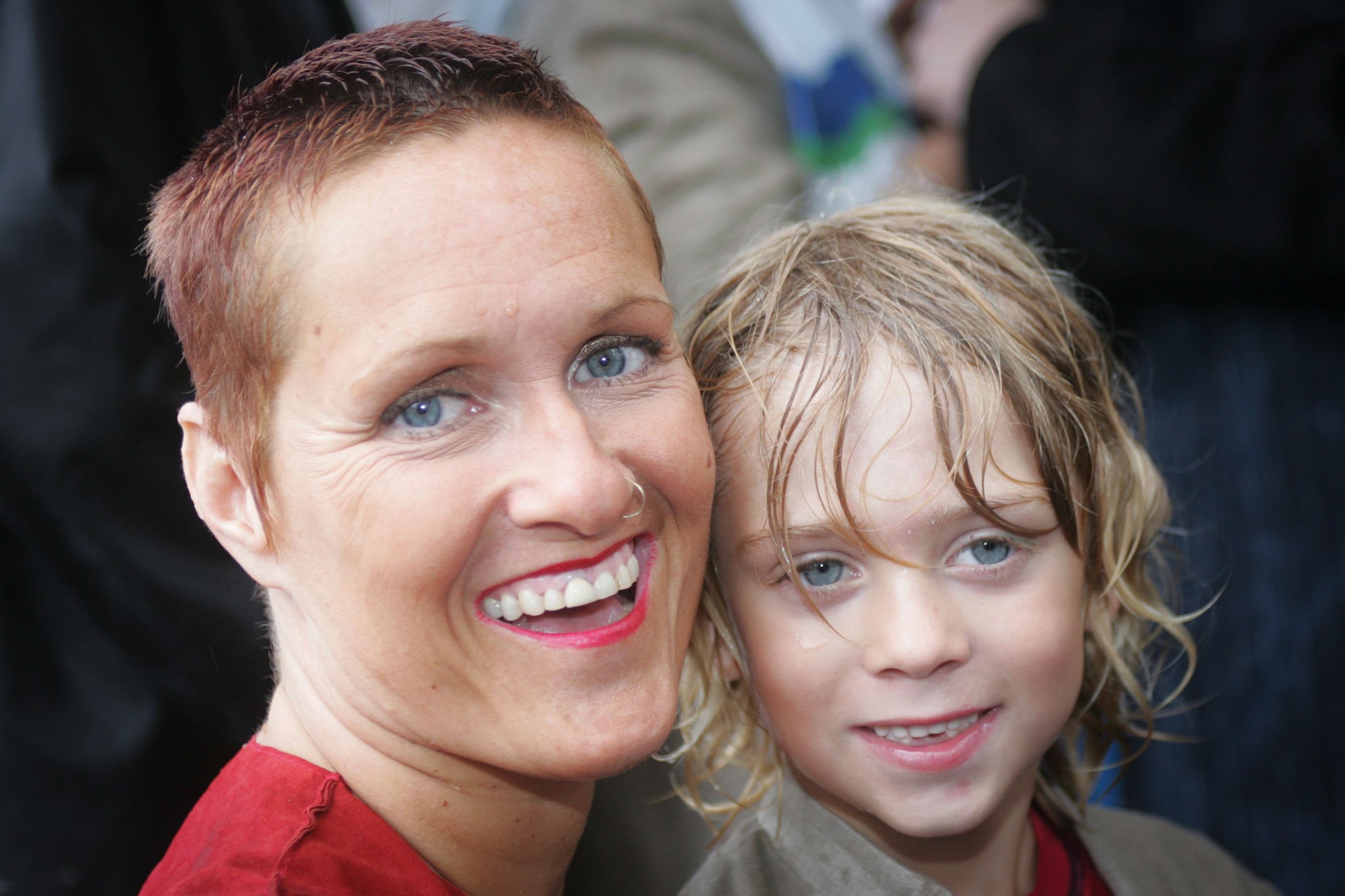
In 2021, the mother of Alison Lapper was asked on film, “Do you think in hindsight things would have been different had [your daughter] been adopted?”
Lapper, who is an internationally recognised artist, was born without arms and shortened legs (a congenital condition called phocomelia) and, having learned how to paint with her mouth, was the first disabled person to be accepted on the fine arts course at the University of Brighton, and the only person to be awarded a first-class honours degree in her year.
She was awarded an MBE in 2003 and shot to fame when, while pregnant, she was immortalised in Italian marble by fellow artist Marc Quinn in a 3.5-metre sculpture displayed on the Fourth Plinth in Trafalgar Square from 2005 to 2007. The statue was then recreated in inflatable form at the opening ceremony of the 2012 Paralympics in London. Her work has been exhibited across the globe.
But back to her mother. “Yes,” responded the woman who gave birth to Lapper in 1965 after an affair with a married man. “Things,” she said, “would have been different” – the unspoken suggestion being “better” – had her child been adopted. “Because somebody would have loved her, wouldn’t they? Obviously, she wasn’t getting it from me.”
Watching this for the forthcoming BBC documentary In My Own Words: Alison Lapper, her face in close-up, the artist is visibly traumatised. “Ouch,” she says. But, while it might hurt, it’s not a surprise. It’s a clip she has seen before: “I’m very good at pushing things aside but it broke me all over again. She basically said on camera that she didn’t love me. I’d always suspected, but to actually be proven that that’s the case, it’s horrible.”
“She never said to me, ‘I’m so proud of you.’ I never sat in her lap. All those things. And yet she said that I’m cold and I didn’t love her. Well, guess who taught me to be cold?”
By the time Alison arrived, her mother already had an eight-year-old daughter from a previous marriage. “She’d be taken on holiday. I wasn’t,” she remembers. “Some of my mum and dad’s friends turned up from work one Christmas, I was about 12 or 13, they didn’t know who I was. They had presents for everybody, but not me.
“They were so embarrassed they gave me some money, but that’s not the point. I died inside yet again, and that’s what kept happening... I would die inside because I hadn’t pleased her, I hadn’t made her proud. I always thought I’d do something like having my son Parys and that would make her proud. And, it didn’t, did it?” Her mother died in May 2022. She did not go to the funeral. “I realise now that she needed therapy,” she says.
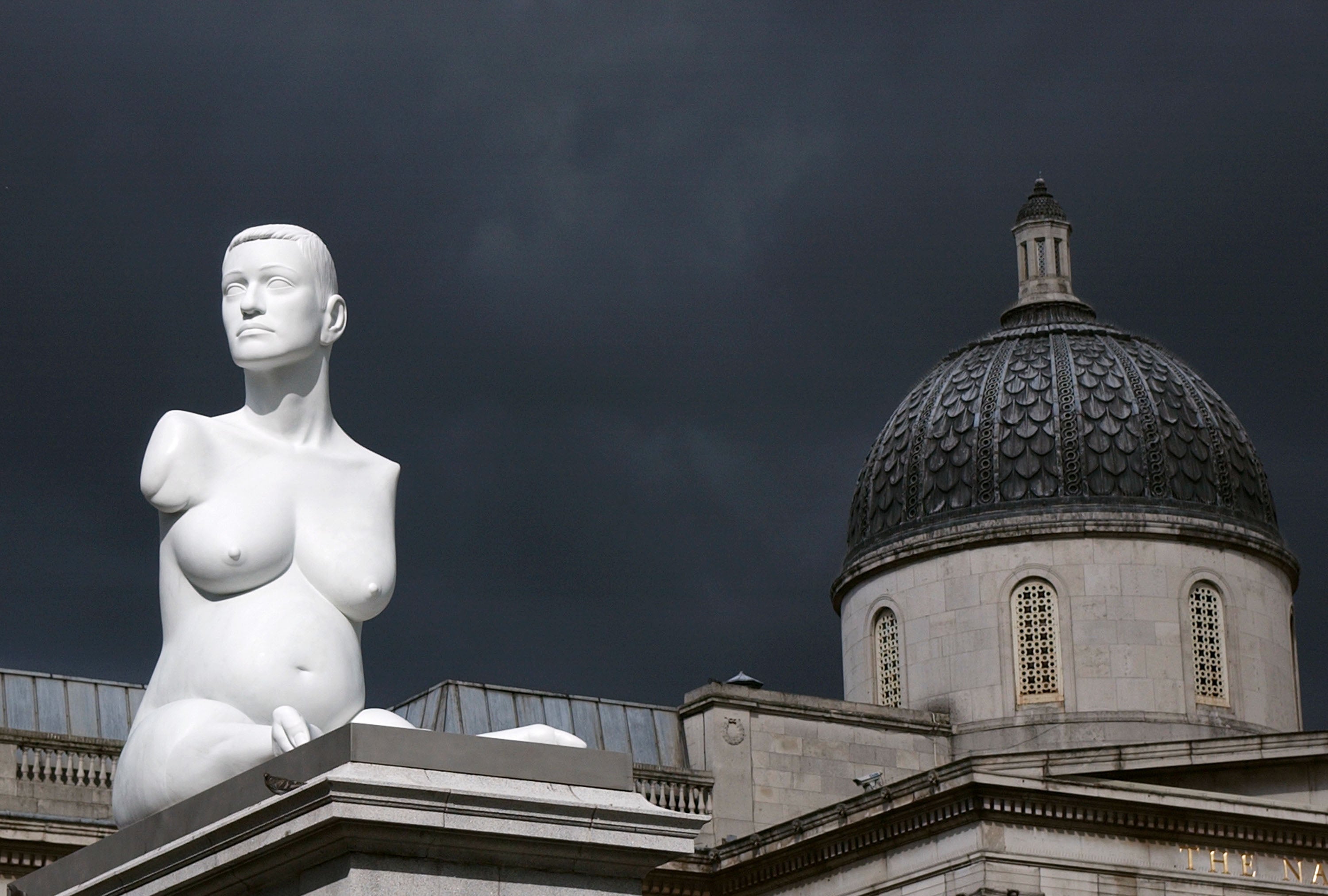
Lapper is an enthusiastic advocate of therapy (“I have it all the time,” she says, “I need it”) and when you consider that her relationship with her mother is not even the most traumatic or dramatic act in the story of her incredible life so far, that is hardly surprising.
From the age of six weeks until 17 she lived mostly at Chailey Heritage in East Sussex. It is now recognised as a special school with an “outstanding” rating from Ofsted but at the time Lapper was there it was an institution for, in the nomenclature of the time, “handicapped” children with “experimental workshops” and where, she recalls with barely disguised disgust, “The matrons used to say, ‘Don’t pick the babies up, they don’t need a hug.’”
Determined that her life wouldn’t be limited by her condition, she threw away her artificial legs at the first available opportunity (“I didn’t need to be 5ft 1in even though the school thought I did”), learned to drive and, before going to university when she was 26, moved to London with friends.
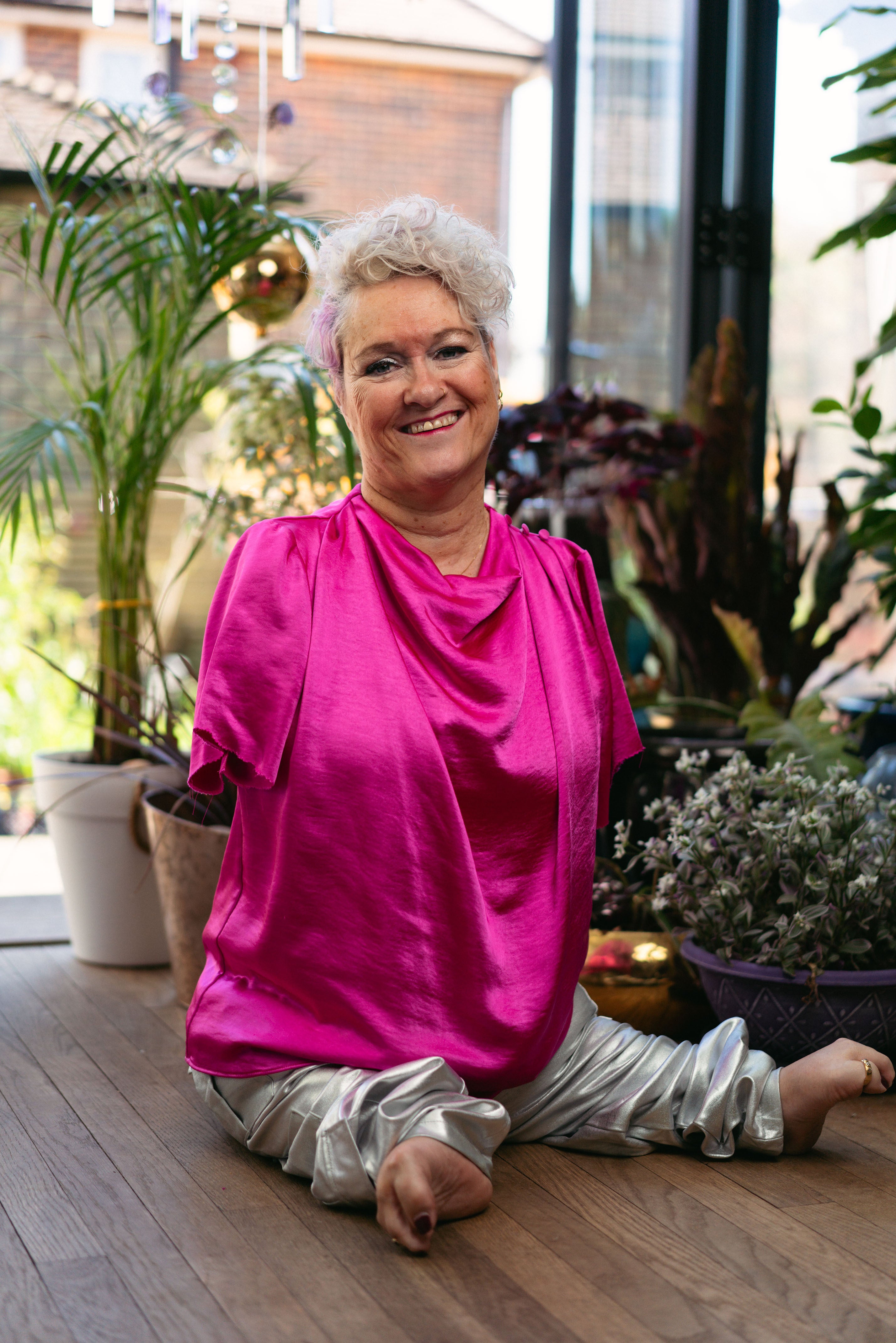
“I had a great time,” she says. “We were out drinking, night clubbing and just being 20-year-olds having fun. It was the first time that I was out of care – I was leading my own life. My drive has always been to be able to do what I want to do, not what everybody else wants me to do and it gets me into trouble. But so be it.”
Her mother had told her that she was ugly and nobody would ever want her, but six days into the new millennium 34-year-old Alison Lapper gave birth to the son who had been sculpted by Quinn while in her belly.
The pregnancy was deemed “controversial” from the beginning. Some people objected to Quinn’s public display of her naked body and the disapproving commentary continued once her “miracle boy” was born.
Concerns surrounded how an unmarried disabled mother who would be able to pick him up when he fell, needed feeding or changing. “People said ‘It’s disgusting that someone like that is allowed to have a baby because we all have to pay for it.’ No, they didn’t. I work. What is it that stops people imagining that disabled people work and have mortgages? What is it that they think we do? Sit in a wheelchair all day?” And then that familiar laugh born, from a lifetime of unwanted comments. “She says, sitting in a wheelchair!”
Things are hard when you get older, put a disability on top of that and my body’s already going, ‘Hey, I’m really tired. Can you stop now?’ But I can’t stop
People were there to help, but even after Lapper was shown on TV cooking, answering the phone and changing nappies with her teeth, the fear of Parys being put into care remained an ever-present concern. Mother and son, however, managed to co-exist within a bubble of mutual love until Parys began to notice that people stared at them when they were out.
Up until 2013, his childhood was recorded intermittently by another BBC documentary, Child of Our Time – an ambitious project co-produced with the Open University to follow the lives of 25 children born at the beginning of the 21st century.
In 2010, it captured a mop-haired boy unhappy at school who longed for the bell to ring and who, the voiceover noted, “Scores high on the neuroticism trait.” When he went to secondary school, the problems that can accompany this personality type – typically, emotional instability, anxiety, self-doubt and depression – were exacerbated and became a serious mental health problem.
“He used to say to me, ‘Mum, don’t come to school for parents’ evening because I just get bullied the next day.’ And I stopped going. I shouldn’t have done, but I did,” recalls Lapper. “Teenagers are cruel, aren’t they? The school environment is not a good place for young people who are emotionally not ready.” Parys began self-medicating with cannabis and then alcohol, ultimately dropping out.
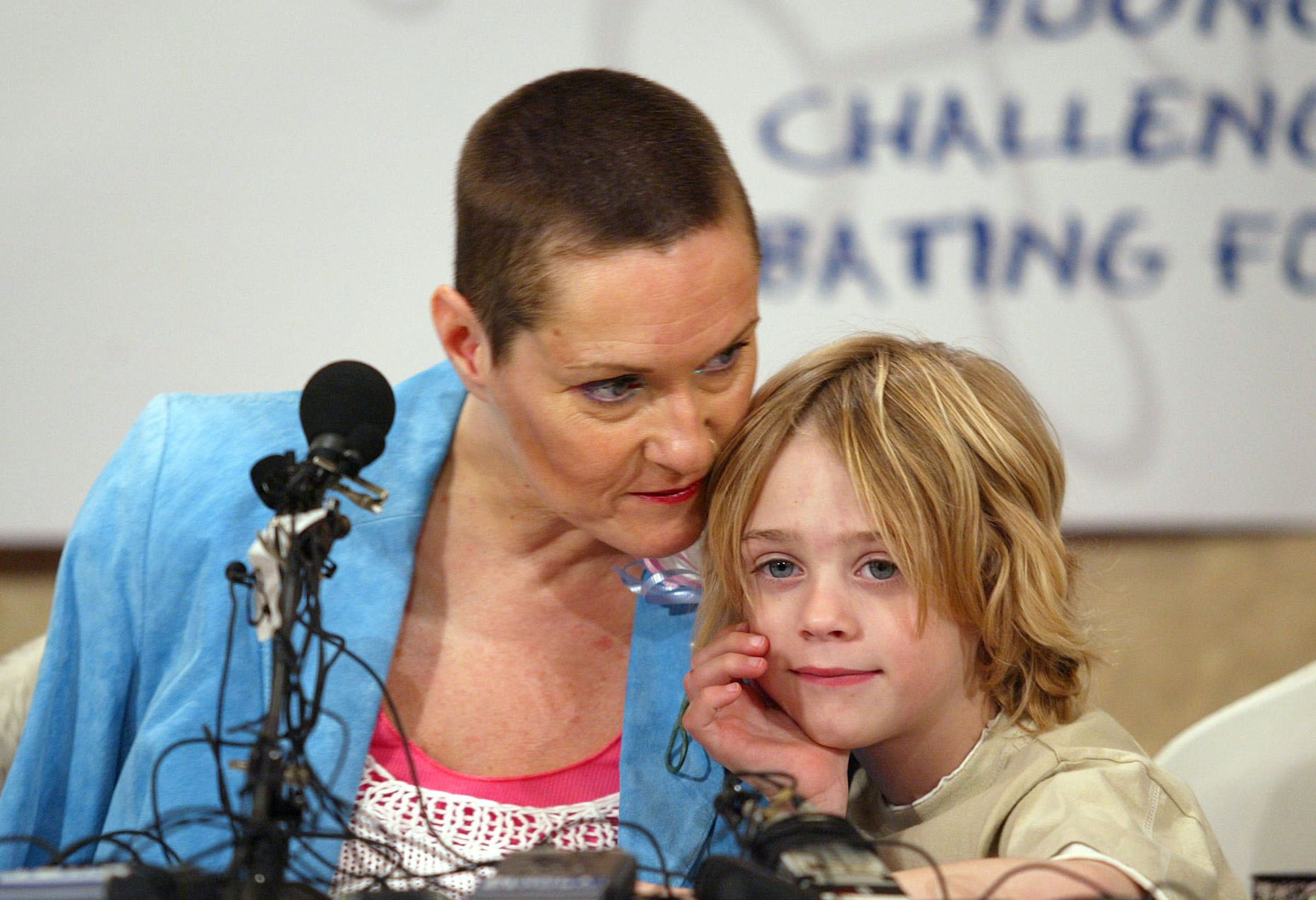
When her son turned 17, his behaviour spiralled. He was sectioned and suffered from social phobia and anxiety and was moved around several locations within the system (Lapper estimates “19 or 20 times in two years”). In July 2019, he was discharged from the NHS mental health service for “failing to engage”.
On 13 August 2019, Parys was found dead in a hotel in Worthing after an accidental drug overdose. “The people that said, ‘She’ll never cope with this baby, she’ll never be able to bring him up properly,’ including my mother, have been proved right” she reflects in a low moment, “Lo and behold, I lose Parys when he’s 19 years old through mental health and addiction.”
The coroner at the inquest pointed to the lack of provision in the system for young people who choose not to engage and Lapper has also described her despair at the lack of help on offer in the face of her son’s declining health.
“I have a mother’s guilt,” she says gently. “I love Parys and to not have him by my side, or know that he’s in the world, is horrendous. He used to sit on the side of my wheelchair at 18 and 19 with his arm around me.
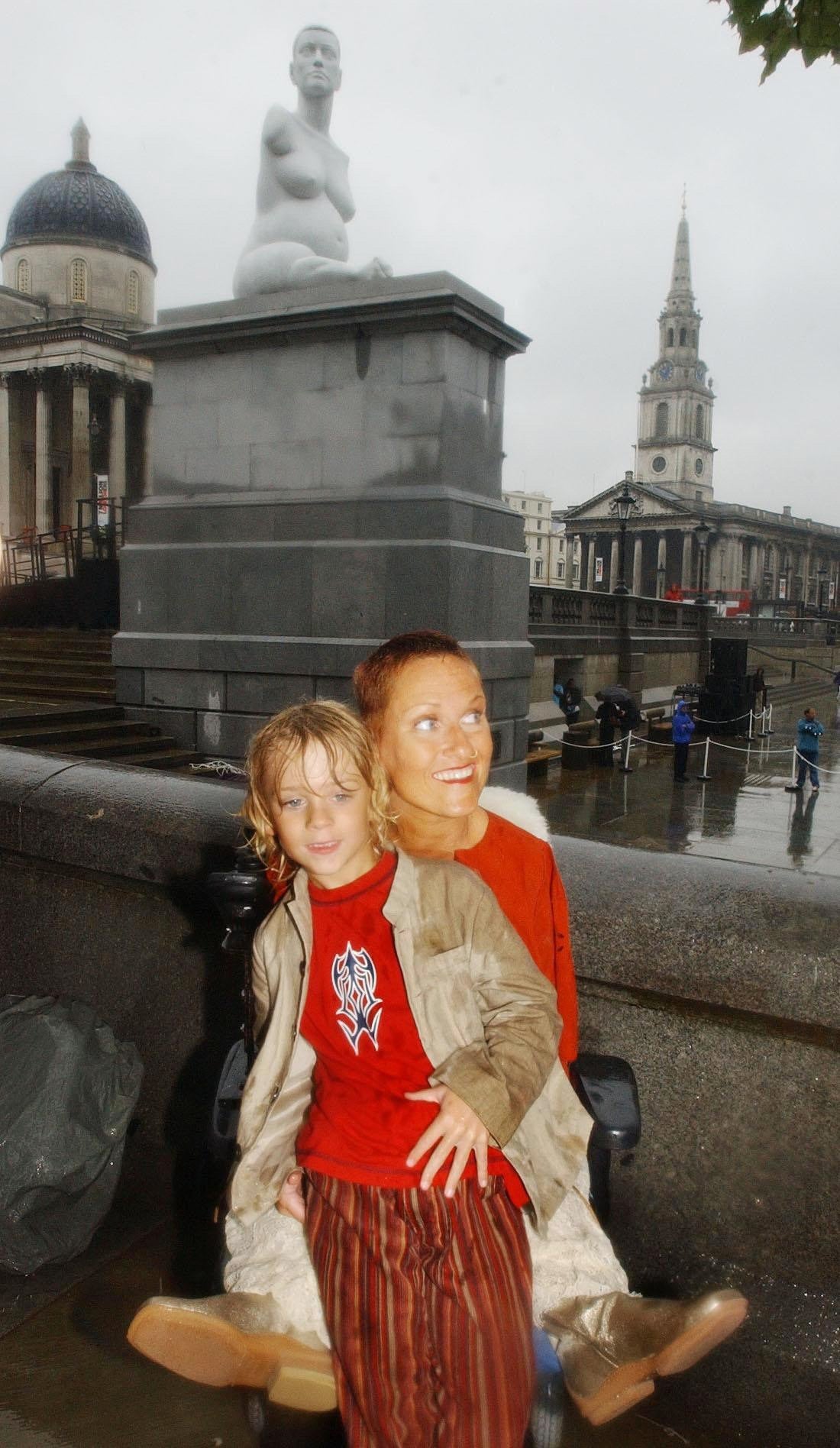
“It was Parys and me against the world and sometimes it’s like, ‘Why would I want to be here?’ People say, ‘You shouldn’t say that’ but, of course, I’m going to say that. I miss him.”
Although she was unable to lose herself in art for three years after his death, Lapper eventually managed to turn her grief into a moving exhibition called Lost in Parys. Her friend Marc Quinn and the photographer Rankin collaborated on the installation. The art is raw, honest and uncompromising. One painting of Parys titled Bleeding Out – Image of the Mask Like Face with Blood references the traces of dried blood Lapper could see on her dead son’s face.
“Going through his journey, that wasn’t a happy place,” she says. “It was bloody difficult, and I cried a lot. Some days I would say, ‘I can’t do this. I can’t do it.’ But I’m glad I did, because it helped me and people have come up to me after seeing it and said, ‘I lost a child, and I know you understand.’”
There are still bad days, but her return to painting has provided much-needed emotional succour and she has established a charity, The Drug of Art, to use creative expression to help young people with their mental health.
“I turn 60 next year,” she says. “Which is a miracle in itself. Things are hard when you get older, put a disability on top of that and my body’s already going, ‘Hey, I’m really tired. Can you stop now?’ But I can’t stop. I’m at the stage when you start to realise that maybe you’ve got less in front of you and more behind you, but I’ve got too much to do and too much to say still to make disability acceptable in this country.”
‘In My Own Words: Alison Lapper’ airs on BBC One and BBC iPlayer on 9 September. 10pm ‘Lost in Parys’ is at the Worthing Museum and Art Gallery until 29 September
Join our commenting forum
Join thought-provoking conversations, follow other Independent readers and see their replies
Comments
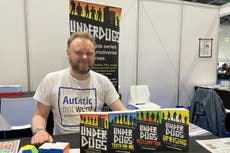

Bookmark popover
Removed from bookmarks